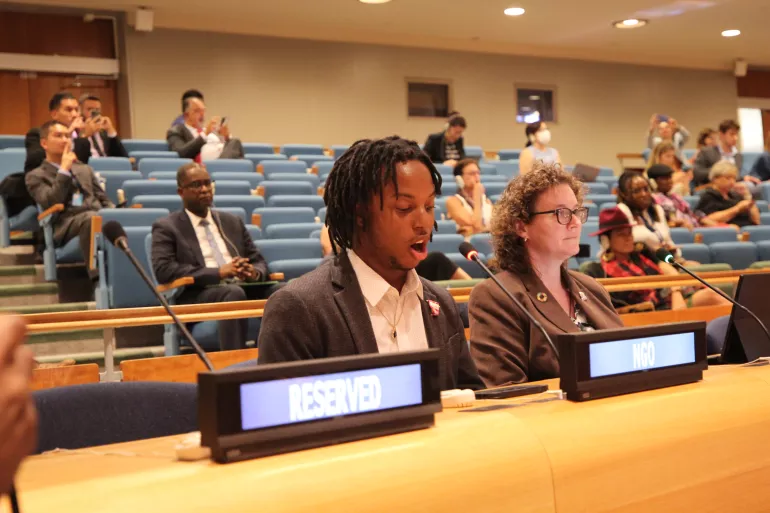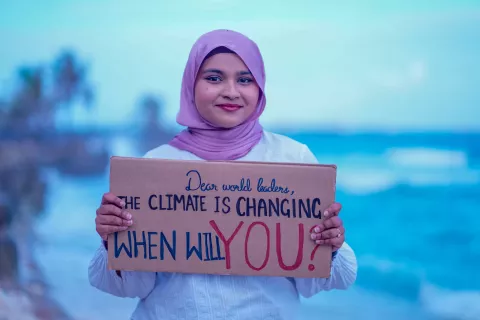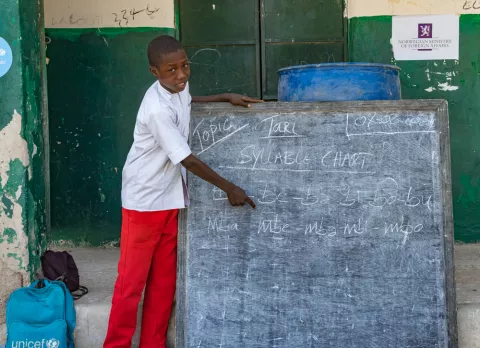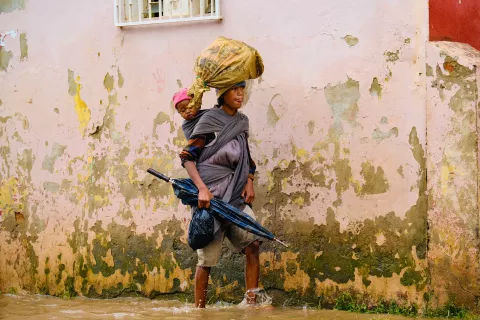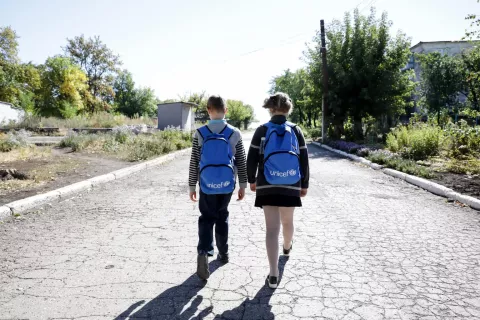In 2014, I was in a head-on car crash that left me with a traumatic brain injury, among many other permanent disabilities. The crash has prevented me from driving again or doing any heavy tasks that affect my chronic back pain and injuries.
One of the things I usually ask myself when I reflect back on that moment is whether I am a survivor of a road crash, or a survivor of a system and an unhealthy environment that has failed, and continues to fail my peers and me?
Through my identity as a survivor and as a young road safety advocate with a road traffic injury-related disability, I want to be seen as a truth-teller, and as a critical voice that decision makers listen and work with. I want to move away from typical solutions, traditional methods, and the usual lip service.
Road traffic injuries are the leading cause of death among children and young people in the world
The World Health Organization estimates that 1.35 million people die each year from road traffic crashes. The most affected are youth aged 15 to 29.
Road traffic crashes don’t only take lives. They can also leave survivors with life-long chronic injuries and disabilities. Every year, between 20 to 50 million people are injured on our roads. These survivors face ongoing challenges when it comes to accessing inclusive and equitable health care.
As a road traffic victim, I've not only suffered from physical injuries, but my mental health has taken a tremendous toll. I experience anxiety when I'm in vehicles, post-traumatic stress disorder, and more.
Broadly, road traffic injury prevention is not only a transport challenge. It’s also a global development challenge, with strong impacts on children and young people’s health and wellbeing.
Yet, the above facts are often overlooked, rarely discussed, or even sometimes shrugged off. This needs to change! Young people, like myself, are here to claim this space and drive action on global road safety.
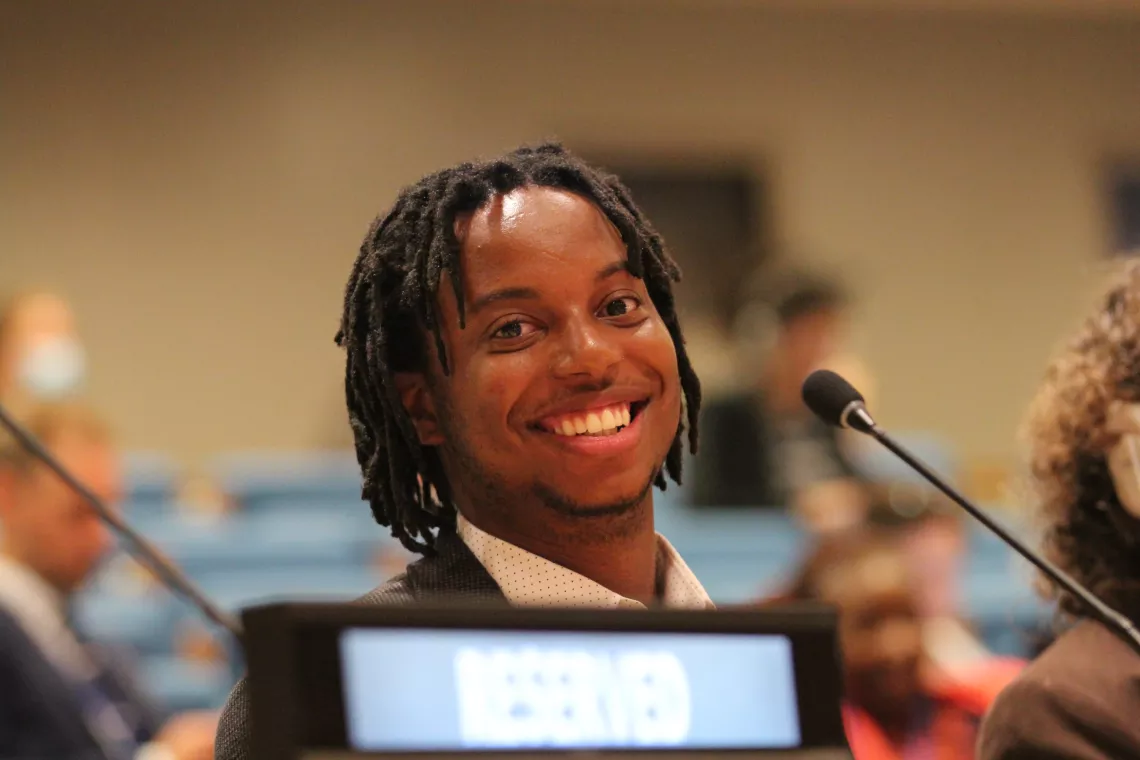
A new way forward, ensuring young people have a seat at the table
In the Global Plan for the Decade of Action for Road Safety 2021-2030, children and youth have finally been recognized as key stakeholders in delivering road safety. The plan emphasizes that young people play an important role in shaping the transport system, given that in many ways we're the most impacted. It also recognizes that this generation will inherit the outcomes of the road safety decisions that are made today.
This acknowledgement of the vital role young people play in road safety decision making was put to the test in June 2022, during the United Nations High-Level Meeting on Global Road Safety. Hundreds of government and ministerial representatives of UN Member States, UN agency specialists, private sector changemakers, and civil society and youth advocates, came together in New York. They doubled down on what’s needed, and committed to a new political declaration to halve road traffic deaths and injuries by 2030.
I was there as part of the Global Youth Coalition for Road Safety. Through our participation, we were able to get the attention of other leaders and delegates. We were also able to empower young people to share their stories through art and other creative modes of communication, with our recently concluded #ClaimingOurSpace campaign.
To my surprise, the vast number of leaders from different member states demonstrated their commitment to re-thinking the way in which they engage young people in this space.
It was empowering. I didn’t feel tokenized. I felt like I was genuinely given space to speak my truth.
But words and promises are only as meaningful as the actions they inspire. So, to the member states and organizations that attended this event, let me speak to you. Let this not be a one-off. Let this be one stepping stone in your continued engagement.
The steps we must take to make our roads safer for young people
We, as youth, are a key stakeholder and we need:
- 5-star roads, as well as efficient, equitable and safe transportation
- A permanent seat at the decision-making table, so that we have the resources necessary to protect ourselves and our peers
- To work together as equal partners to halve the number of road-related deaths and injuries by 2030
We recently released a policymakers toolkit that provides useful case studies and recommendations for local and national governments. That will enable them to support systematic and meaningful youth participation in the policy-making process for road safety and sustainable mobility.
Will you work with us to save lives and create a healthier world for every child and young person? We are claiming our space and we hope you are with us.
About the author:
Jacob Smith is a car crash survivor, speaker and activist. He's a leading member of the Global Youth Coalition for Road Safety.

